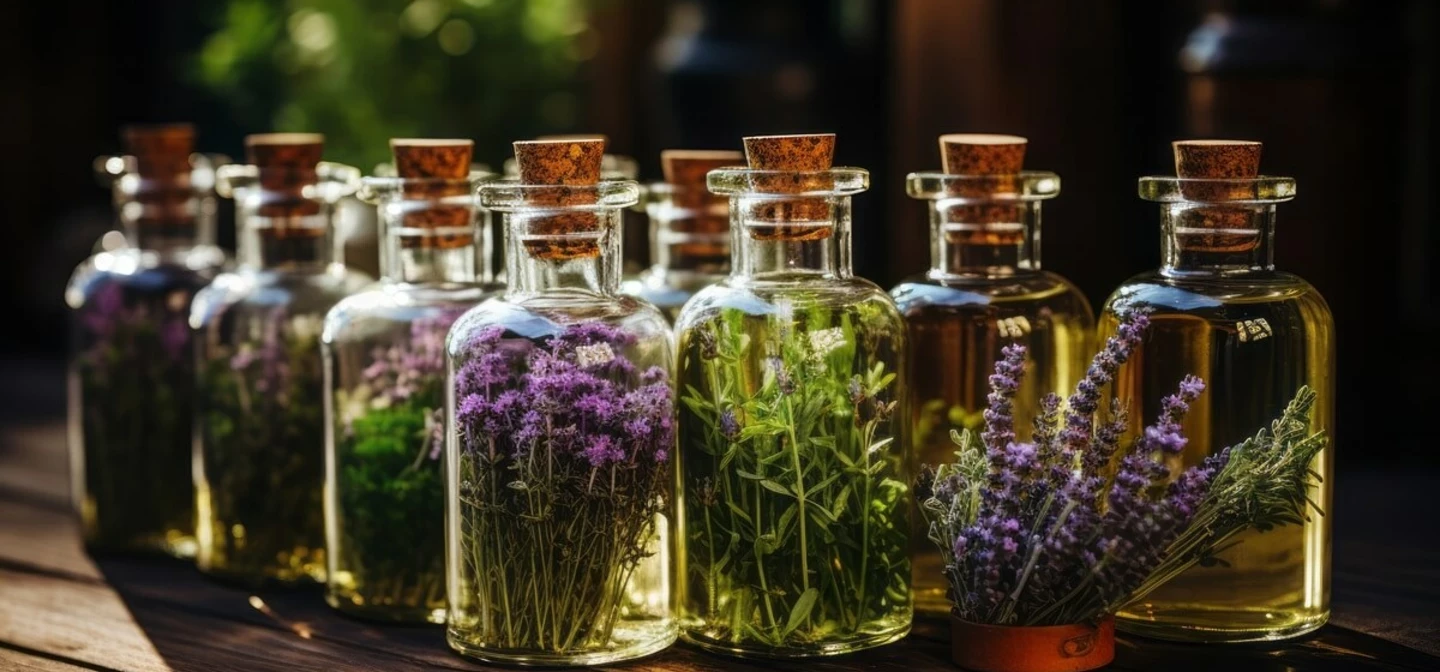
Plants for a Purpose - winter 2023
Every season, new planting at Victoria Gate in Hyde Park will reveal a different purpose for plants – from food and fuel to medicine and materials.
Last season, we looked at plants that were used to make textiles and dyes. This winter, the beds highlight plants that have been used to produce healing medicines, both in the past and present.
All of the plants here have been used historically to help and heal - but please don't try any of the following plants or remedies at home!
Come to Victoria Gate to take a look and see what you discover.
A brief history of healing
Healing with medicinal plants is a practice as old as human civilisation itself. For as long as people have experienced injuries, illnesses and ailments, we’ve found resourceful ways of experimenting with plants to treat and heal our bodies.
Botanical remedies have been passed down, tested, and refined from generation to generation and all over the world, eventually evolving into medicines we know and use today.
An ancient art
Ancient Chinese texts list dried plants used for healing. Holy books, such as the Christian Bible and Indian holy books, Vedas, mention treatment with plants such as myrtle and incense. In ancient Rome, one of the most prominent writers on medicinal plants was Pliny the Elder (AD 23-79), who described around 1000 medicinal plants in one of his series of books Historia naturalis (published first century AD).
Moving forwards to the Middle Ages, European physicians consulted Arab texts describing the properties of thousands of medicinal plants which were new to European medicine – including aloe, ginger, saffron, and even coffee.
The arrival of Europeans in the Americas was a vital point for the development of European remedies. Plants that had been used medicinally by indigenous peoples for centuries, such as quinine (Cinchona officinalis) - the world's first anti-malarial drug - were new to European medical science.
With knowledge and techniques developing all over the world, there’s so much to learn about the botanical foundations of modern medicine.
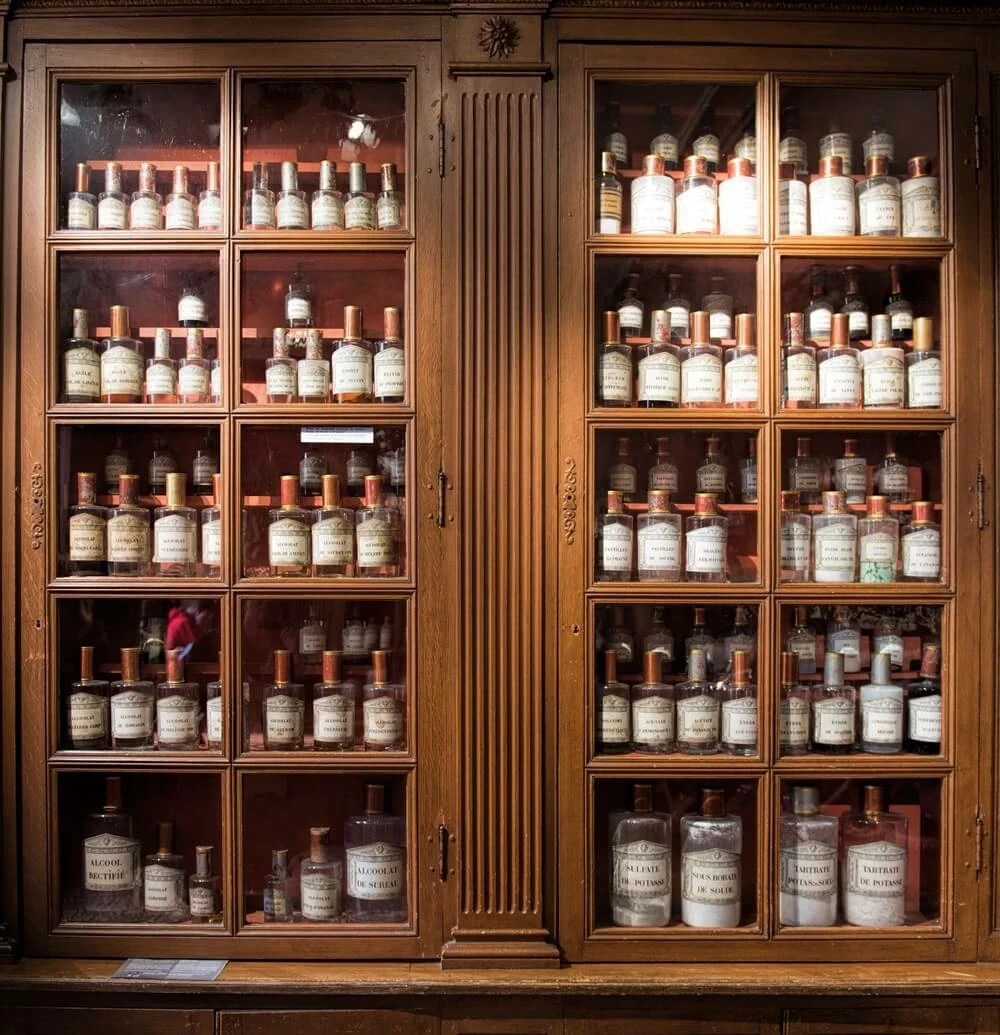
Plants in the Victoria beds with medicinal connections
Daisy (Bellis perennis 'Tasso White' and 'Strawberries and Cream')
These daisies are tinged with shades of pink and yellow, providing brightness in the darkest of winter days.
With anti-inflammatory and antioxidant properties, daisies have been used for centuries to help and heal different kinds of illnesses.
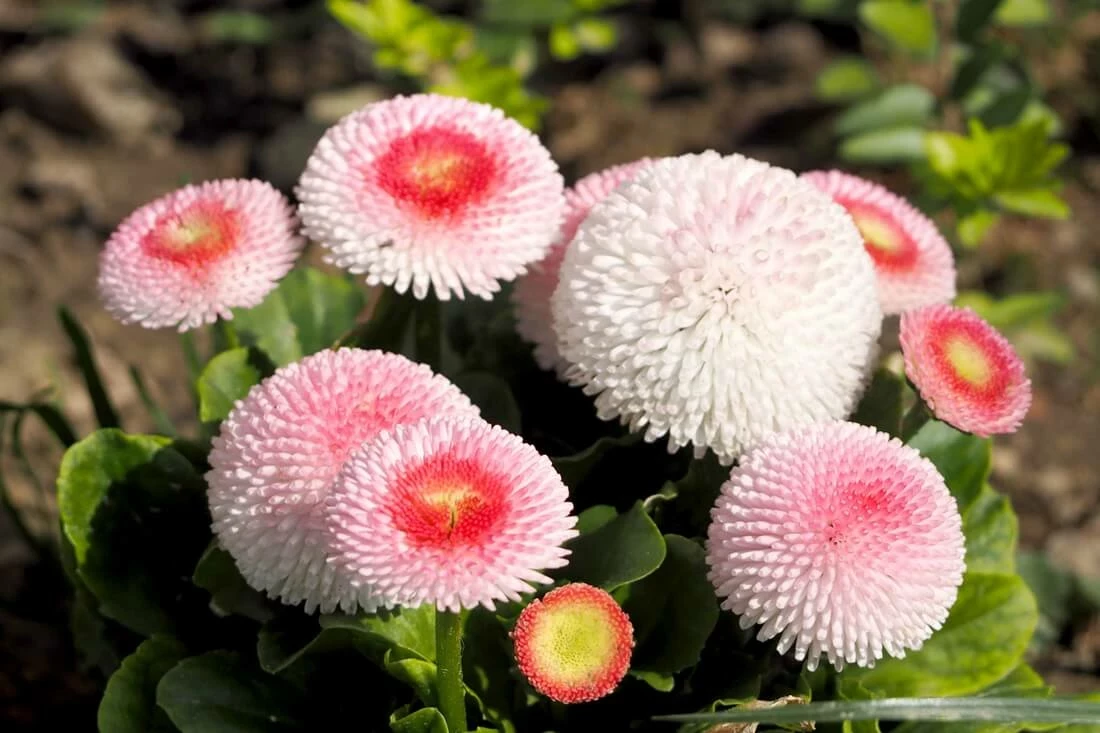
Curious remedies
Daisies crop up time and time again in medical history, being used to treat anything from digestive issues to bruises and wounds.
In the 1500s, a strange ingredient was added to daisies to apparently aid their remedial effects - butter! In his Herball of 1597, English herbalist John Gerard states that:
‘The Daisies do mitigate all kinde of paines, but especially in the joints, and gout… if they be stamped with new butter unsalted, and applied upon the pained place’.
(Image: portrait of John Gerard, 1598, © National Portrait Gallery)
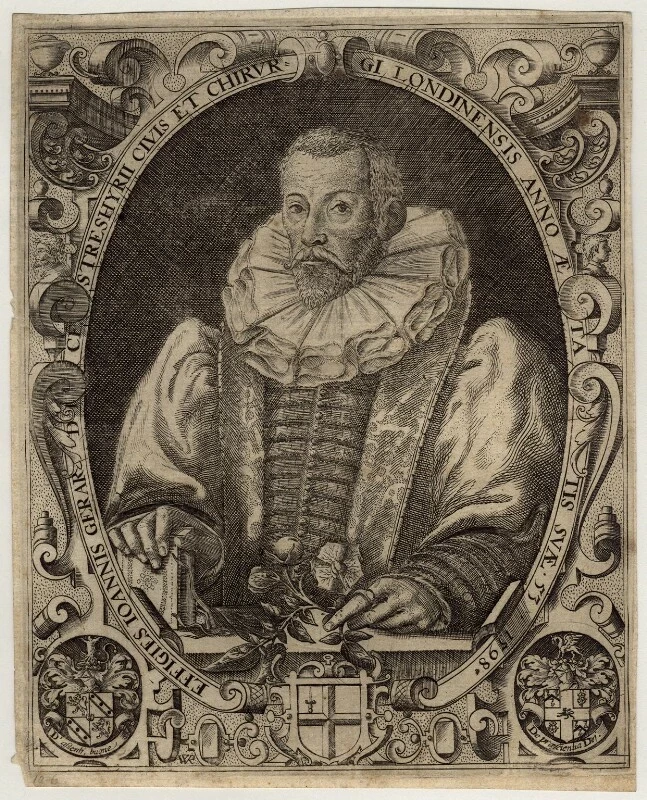
White willow (Salix alba)
You can spot white willow trees by looking for their slender leaves with a silky covering of silver hairs on the underside.
The bark of white willow trees contains the chemical salicin, which has anti-inflammatory effects. Salicin works in similar ways as the main active ingredient in aspirin, acetylsalicylic acid – in fact, in the 1800s, salicin from white willow trees was used to develop aspirin.
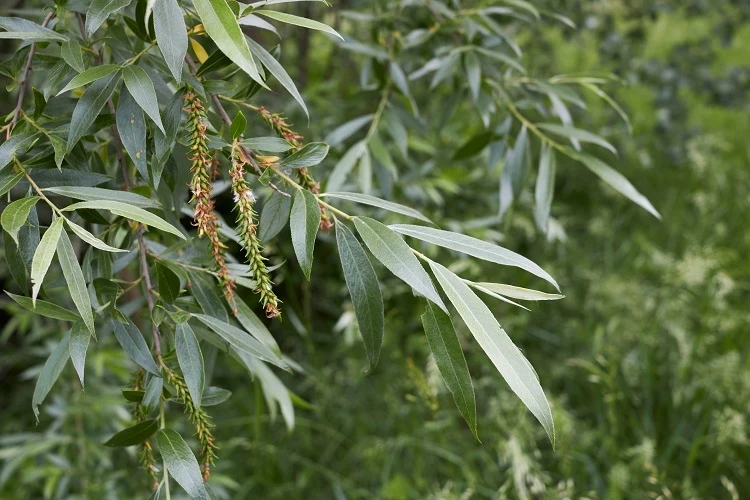
Witch hazel (Hamamelis intermedia 'Jelena')
Look out for the fiery, spidery flowers of witch hazel plants.
Witch hazel plants have powerful medicinal properties. Most often used in creams and ointments and applied to the skin and scalp, witch hazel is valued for its anti-inflammatory and soothing effects.
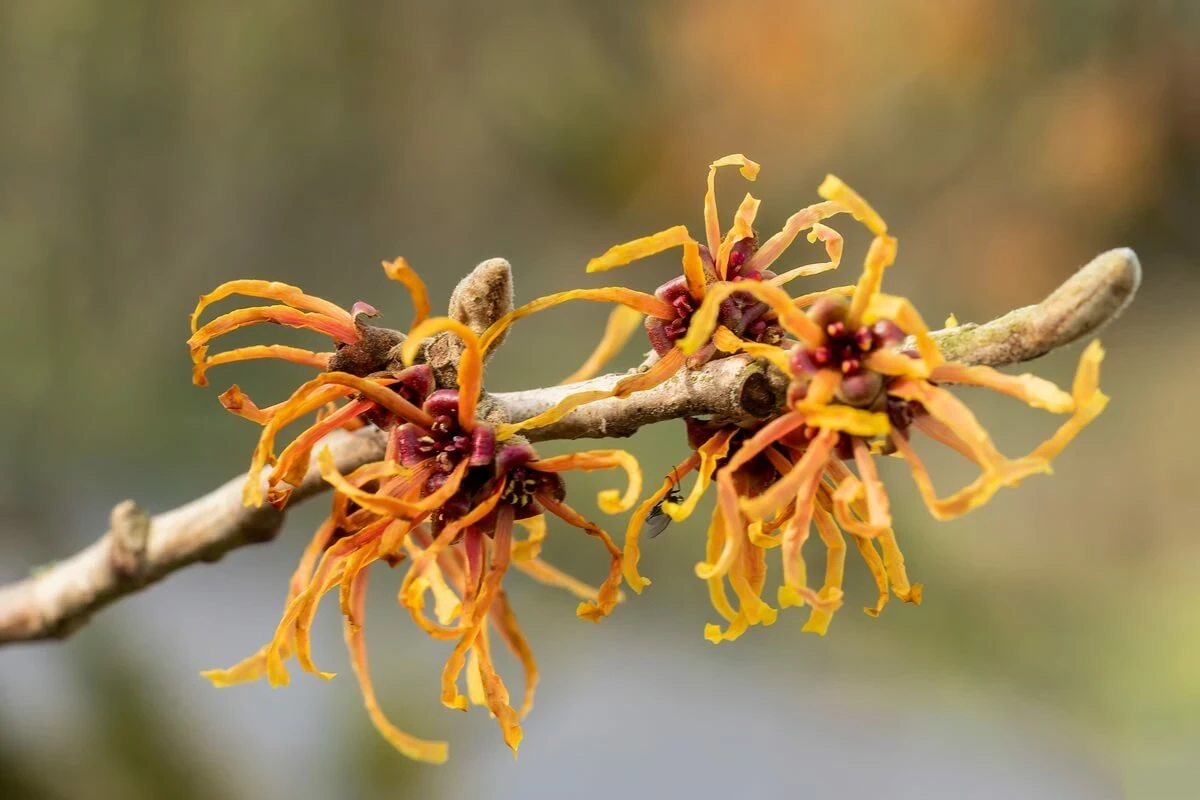
Christmas rose (Helleborus niger)
With their pretty white blossoms, hellebores are sometimes called ‘Christmas roses’ because they flower in the winter months. Their leaves, roots, and stems have been used as a remedy since ancient times.
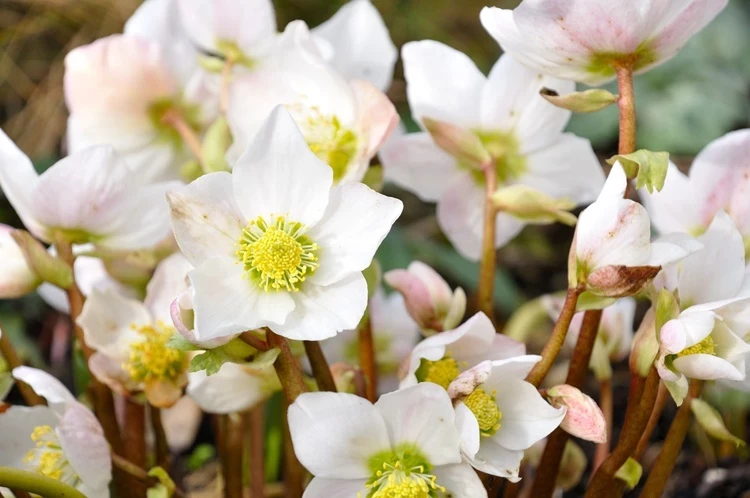
Hellebore history
Nicholas Culpeper (1616-1654), renowned herbalist, recorded the medicinal properties of the Christmas rose in his famous work A Physical Directory (1649):
‘Black Hellebore, Bears-foot, or Christmas-flower…an admirable remedy against inveterate Scabs, Itch, and Leprosy, the same helps the Tooth-ache, being held in the mouth, and dropped into the ears helps deafness coming of Melancholy, and noise in the ears; corrected with a little cinnamon (as powder) it purgeth melancholy, resisteth madness.’
(From A physical directory, or, a translation of the London dispensatory made by the College of Physicians in London, 1649, Wellcome Collection)
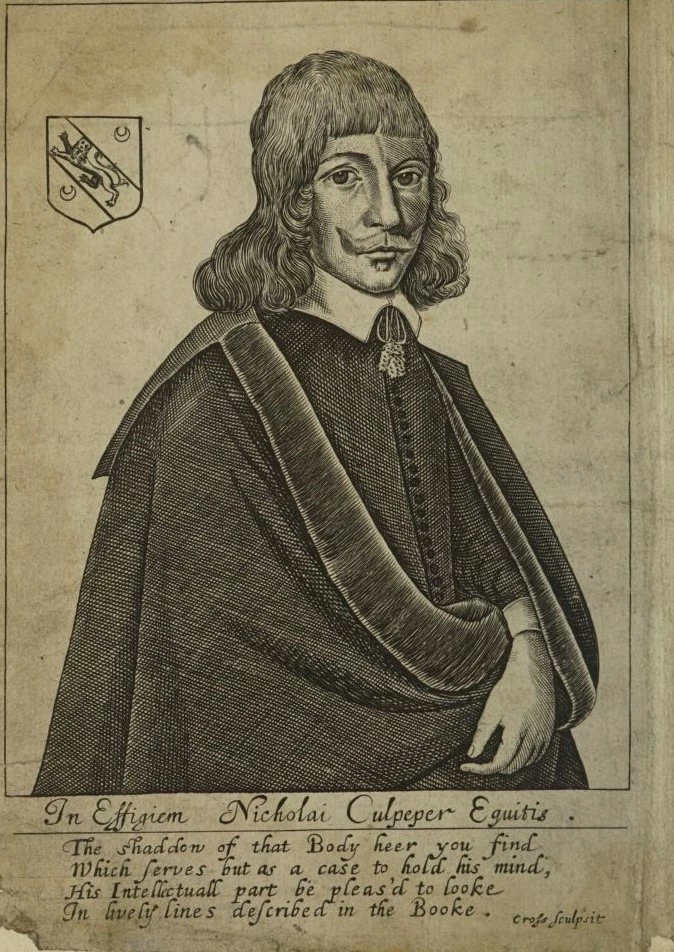
Lungwort (Pulmonaria 'Sissinghurst White')
You can identify lungwort by looking out for the plant's white-spotted leaves.
The plant’s unusual common name, lungwort, supposedly comes from its medicinal history. Though no longer considered effective today, lungwort was used for centuries to treat breathing problems – including those caused by the Bubonic plague. The plant’s scientific name, Pulmonaria, derives from the Latin word for ‘lung’ (pulmo).
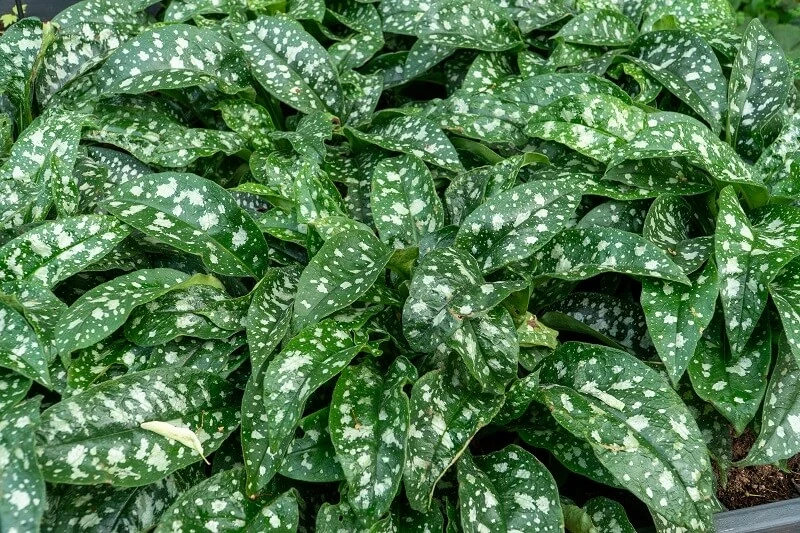
Watch this space – every season, new planting in the Hyde Park Victoria beds will give a fascinating insight into a new purpose for plants. Come back next season to discover more!
| Bellis perennis 'Strawberries and Cream' | Juniperus squamata 'Blue Star' |
| Bellis perennis 'Tasso White' | Narcissus 'Carlton' |
| Cheiranthus 'Sugar Rush Orange' | Pulmonaria longifolia 'Sissinghurst White' |
| Cheiranthus 'Sugar Rush Primrose' | Salix alba 'Vitellina' |
| Dryopteris Felix-mas | Tulip 'Ballerina' |
| Fritillaria 'Crown Imperial Aurora' | Tulip 'Royal Virgin' |
| Hamamelis intermedia 'Jelena' | Tulip 'Sapporo' |
| Helleborus 'Christmas Carol' | Tulip 'Yokohama' |
| Hyacinth 'Fondant' |
Related Articles
-
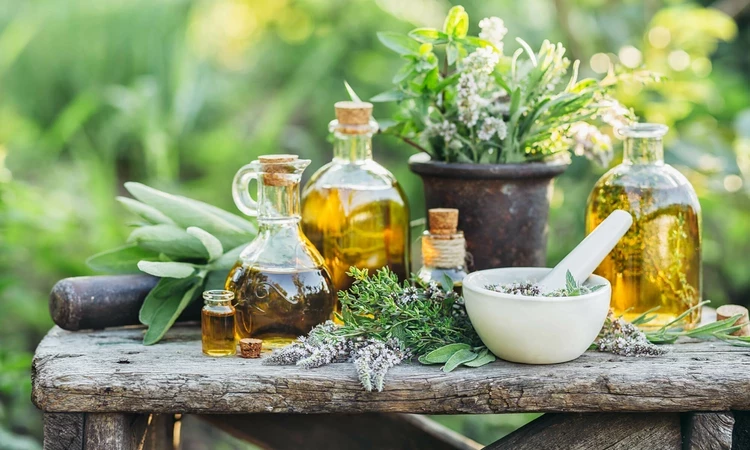 Read
ReadPlants for a purpose
Every season, new planting at Victoria Gate, Hyde Park, will reveal a different purpose for plants - from food and fuel to medicine and materials.
-
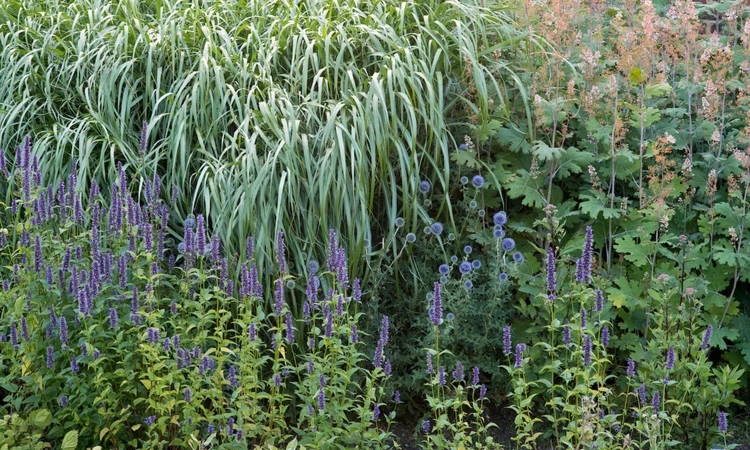 Read
ReadGardening for biodiversity
Designing and planting a garden that’s pollinator-friendly is a really positive move for biodiversity.
-
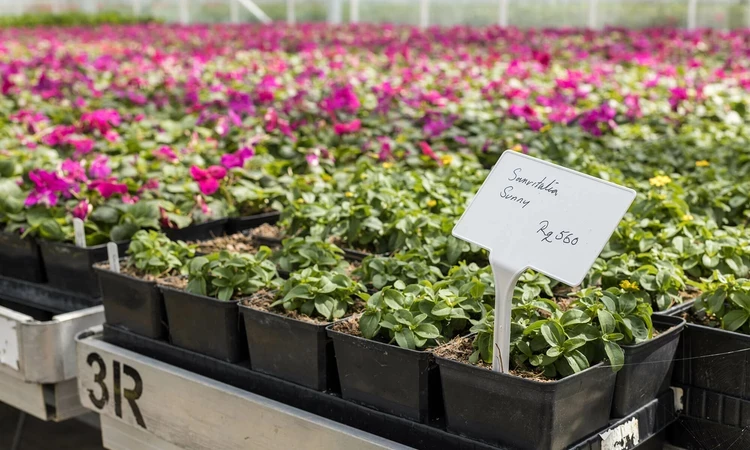 Listen
ListenNational Gardening Week with Grow2Know
In this episode, recorded for National Gardening Week, host Laura McMahon talks to Tayshan Hayden-Smith and Danny Clarke of charity Grow2Know.